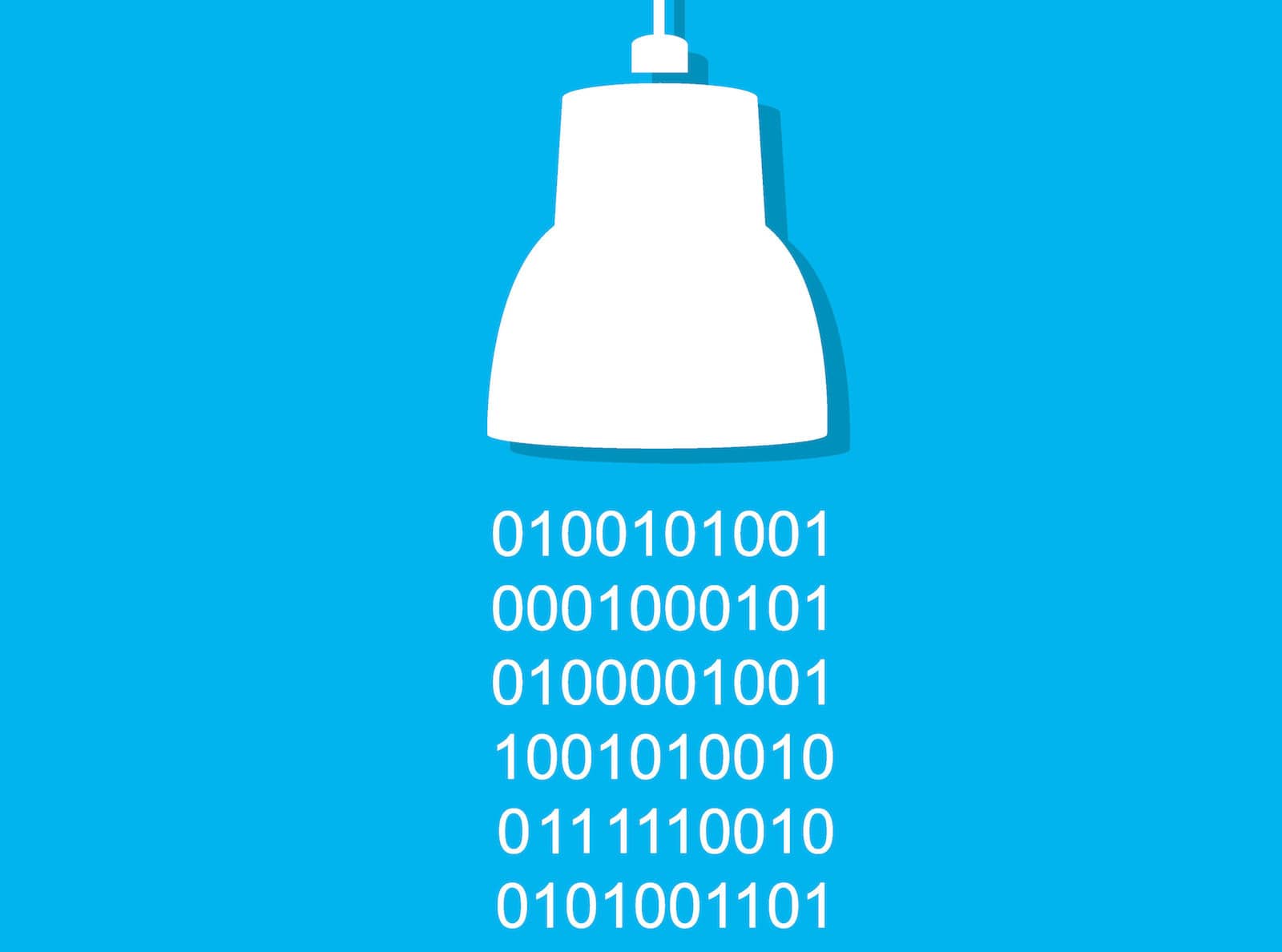In the Beginning There Was Light -ing controls and then came the Internet of Things (IoT). This means that lighting control standards were never intended or designed to deal with the multi-faceted and data rich uses of lighting infrastructure we see today. Lighting now finds itself at the heart of the IoT in Buildings, lighting-based sensors are driving systems, interconnected through the use of IP communications and a shared data repository.
Today, a networked lighting control system has the ability to collect a wide variety of data including presence, ambient light, dimming level, power consumption, user interactions, user preferences and device, to name a few. All these data streams can be utilized to offer a wide range of benefits including; energy management, space optimization, demand response, trend analysis, user comfort maintenance, automatic fault detection and diagnosis, predictive maintenance, and other advanced applications and services.
This new role of lighting creates an issue of lighting control standards, where early standards offer certain advantages over the newer, and certain vendors have preferences for some protocols over others. “There are a variety of lighting and building control standards, including DALI (Digital Addressable Lighting Interface), KNX, BACnet (building automation and control network), and POE (Power over Ethernet). The question becomes which standards do you choose?” says Russ Sharer, Vice President of Global Marketing and Business Development for Fulham Co.
The term "Internet of things" appears to have been coined by Kevin Ashton of Procter & Gamble, later MIT's Auto-ID Center, in 1999. However, Cisco Systems estimated that our current version of the IoT was "born" between 2008 and 2009.
Lighting controls standards had been around for more than two decades by that point. DALI, for example, was created by Philips lighting in 1984 and adopted as an international standard in 2002. Few in the 80s would have truly anticipated the data revolution on the way for lighting and buildings.
“Initially, building systems network infrastructures had to handle small amounts of control data at lower transfer rates. However, as building automation has become more sophisticated and new systems, such as security, have been added, data traffic has grown in volume and complexity. Security systems, for example, require real-time response and have to be more secure, and the bandwidth to transmit data such as images is much greater than that needed for sensors,” explained Sharer.

It is Sharer’s belief that rather than creating a single standard for lighting management and control, we will continue to see a “blended hierarchy.” Suggesting that we would, for example, see specialty protocols such as DALI controlling luminaires at the local level, whereas higher protocol standards such as IP and BACnet would provide central communications and instruction.
In addition to those wired communications standards, there is also an increasing demand for wireless lighting controls, as discussed in our report - Smart Buildings: The Lighting Controls Business - a comprehensive exploration of the topic. Standards such as Bluetooth, Zigbee, and Wi-Fi provide wireless lighting control options for hard-to-wire installations and minimize installation costs by avoiding rip-and-replace scenarios.
However, many of these so-called standards have variations specific to certain vendors, undermining their very purpose. The Zigbee standard, for example, does not specify when a luminaire turns off, one luminaire could turn off and another might dim when sent the same signal. DALI, meanwhile, can be sold with a superset of instructions from the vendor that aren’t part of the original standard. These situations cause confusion and often lead to systems not living up to the energy saving or service provision promises they where built upon.
“With all these variations, it's clear that the path to intelligent lighting as part of building automation requires user education and careful product selection. No matter what control and communications protocols dominate, it starts with placing intelligence in the LED luminaire,” suggests Sharer in an article for Novus Light.
“Using programmable LEDs makes it easier to create custom sensor groupings and lay the foundation for future integration, no matter what the lighting control or BAS standard. And selecting a BAS built on a platform that encourages multi-system and multi-vendor integration keeps your options open for the future,” adds Sharer. “Meanwhile, building managers get the immediate ROI from light tuning and performance monitoring. It's the best way to future-proof your central lighting control strategy.”



